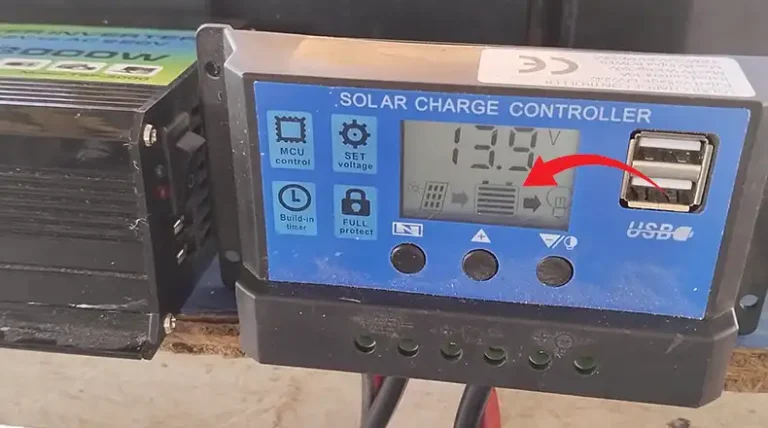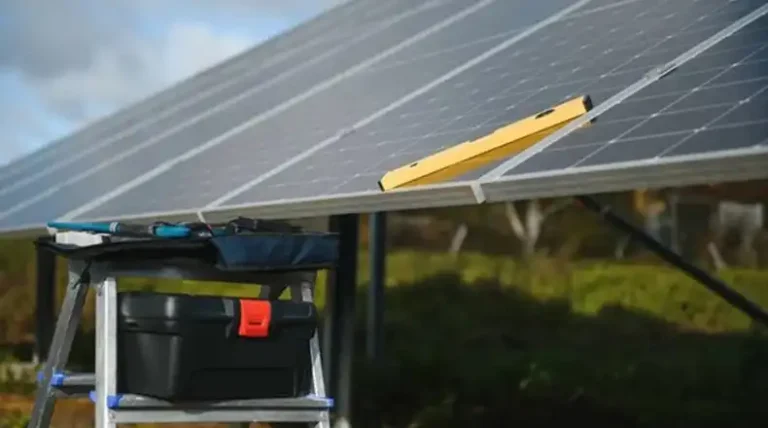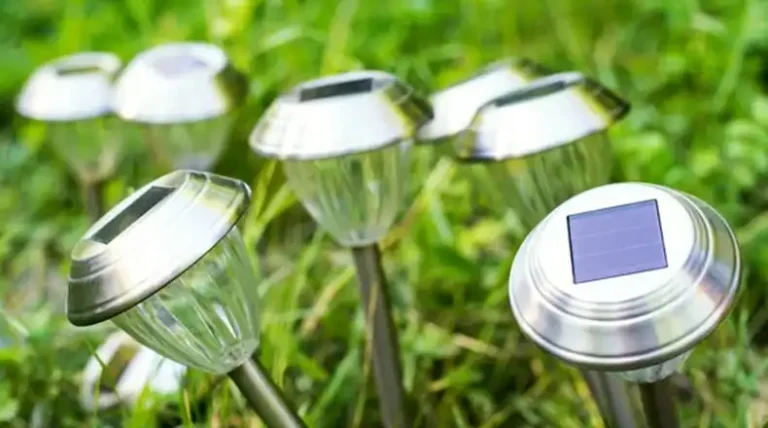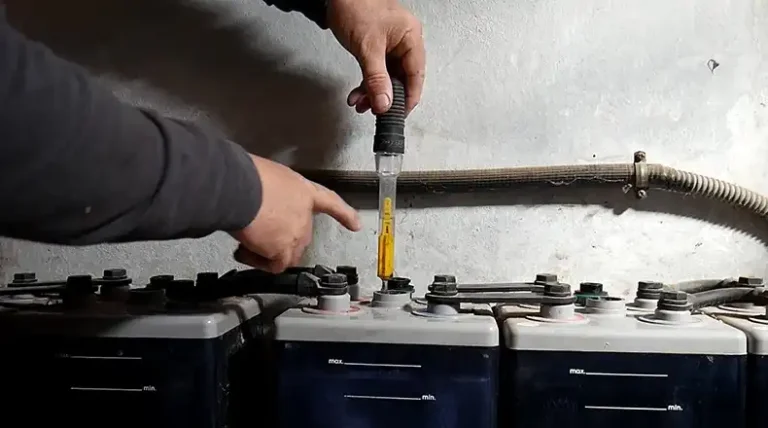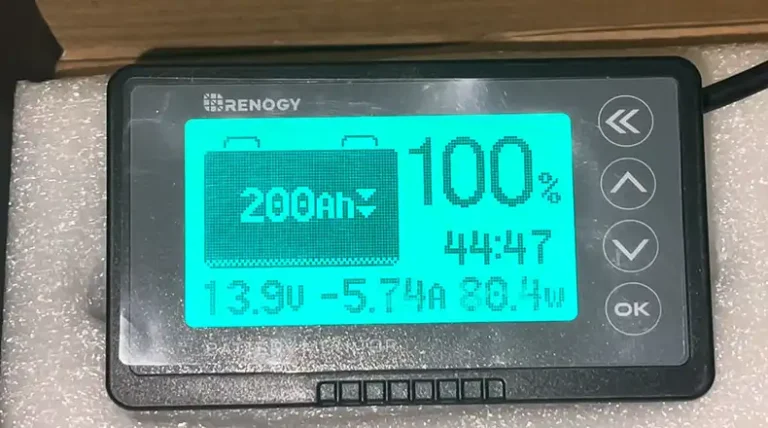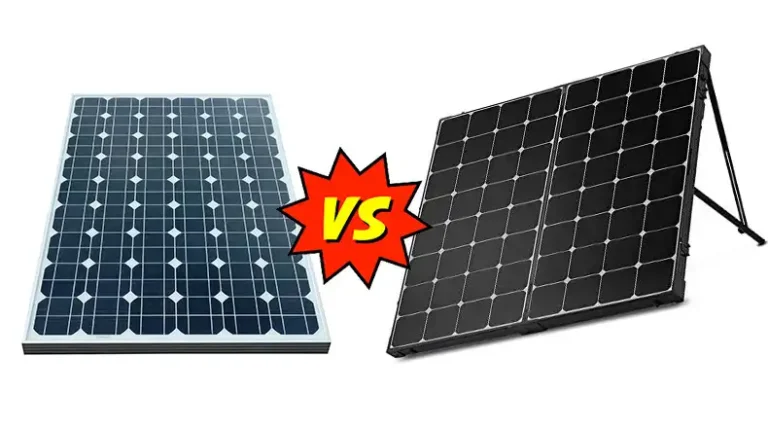Can Solar Panels Properly Charge AGM Batteries?
As more people adopt solar power systems for their homes, a common question arises – is it possible to charge AGM batteries with solar panels? Absorbed Glass Mat (AGM) batteries are a popular choice for solar energy storage due to their deep cycle capability, low maintenance requirements, and resistance to vibration. However, they require a specific charging approach to optimize performance and lifespan.
In short – yes, solar panels can effectively charge AGM batteries if the proper equipment and procedures are used. However, there are some important factors to consider.
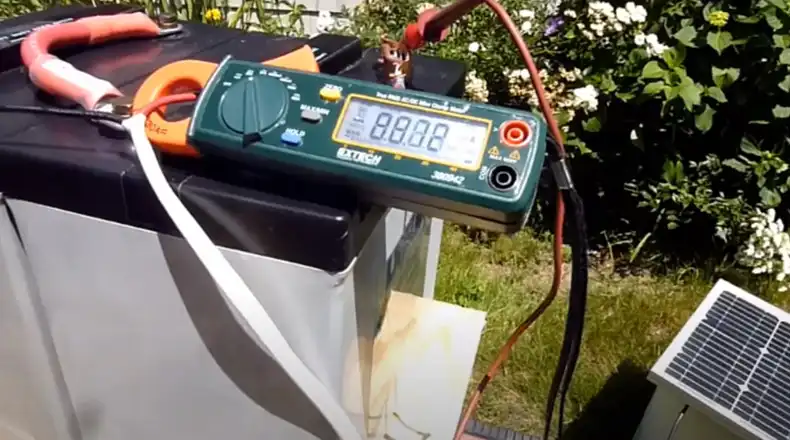
Is It Possible to Feed AGM Batteries with Solar Panels
The short answer is yes. Solar panels can effectively be used to charge AGM batteries. However, there are a few important factors to consider.
AGM batteries require a charging profile that is a bit different from conventional flooded lead-acid batteries. So you need to use an appropriate charge controller that can provide the necessary 3-stage charging.
You also need to ensure the solar panels can provide sufficient power and voltage to meet the charging requirements of the AGM batteries.
With the right solar panels, charge controller, and wiring, you can absolutely use solar power to keep AGM batteries topped up. We’ll go over the specifics coming up.
Why AGM Batteries Need Extra Care During Charging Time?
AGM batteries are a type of lead-acid battery that uses absorbed glass mats (AGMs) between the plates to hold the electrolyte in place. This makes them more resistant to spills and leaks than flooded-lead acid batteries. However, the AGMs also make AGM batteries more sensitive to overcharging and undercharging.
Overcharging
Overcharging is a major cause of premature failure in AGM batteries. When an AGM battery is overcharged, the electrolyte can boil and cause damage to the plates. This can lead to a shortened lifespan, decreased performance, and even a fire or explosion.
Undercharging
Undercharging is also harmful to AGM batteries. When an AGM battery is undercharged, the plates can become sulfated. Sulfation is a buildup of lead sulfate crystals on the plates that can prevent the battery from charging properly. This can lead to a loss of capacity, decreased performance, and eventually, battery failure.
Proper Charging
To avoid overcharging and undercharging, it is important to use a charge controller when charging AGM batteries. A charge controller is a device that regulates the voltage and current that is applied to the battery. This ensures that the battery receives the correct amount of charge and prevents damage.
AGM batteries have a specific charging profile that must be followed to avoid damage. The charging profile includes the following parameters:
Float voltage: The float voltage is the voltage that the battery is maintained at when it is fully charged and not being used. The float voltage for AGM batteries is typically between 13.2V and 13.8V.
Bulk charge voltage: The bulk charge voltage is the voltage that is applied to the battery when it is being charged. The bulk charge voltage for AGM batteries is typically between 14.4V and 14.8V.
Absorption voltage: The absorption voltage is the voltage that is applied to the battery during the final stages of charging. The absorption voltage for AGM batteries is typically between 14.6V and 14.8V.
Limiting current: The limiting current is the maximum amount of current that can be applied to the battery. The limiting current for AGM batteries is typically between 20% and 30% of the battery’s capacity.
Things You Will Need to Keep in Mind for Charging AGM Batteries with Solar Panels
Charging AGM batteries with solar power is definitely possible, but it helps to keep a few key things in mind:
Solar Panels Should Provide Sufficient Voltage
AGM batteries typically require at least 14-15 volts for an effective bulk charge from the solar panels. This allows the internal chemistry of the AGM battery to properly absorb the charge.
So when sizing your solar array, pay attention to the open-circuit voltage rating of the solar panels you select. Adding panels in series will increase the operating voltage.
For a 48V AGM battery bank, you may need several panels in series to provide the necessary voltage. Consult the battery and panel specifications closely to determine the best combination.
Charging Needs to be Regulated with a Proper Charger Controller
As mentioned, AGM batteries require a specific 3-stage charge profile for the longest life. This means using an appropriate MPPT or PWM solar charge controller.
The charge controller should have settings specifically for AGM batteries. This includes lower float voltages around 13.5V, as well as strict voltage limits for bulk, absorption, and floating charging.
A quality MPPT controller suitable for AGM is highly recommended over bare solar panels connected directly to batteries. The advanced charging algorithm makes all the difference.
Procedure to Charge AGM Batteries with Solar Panels
Charging AGM batteries with solar panels is straightforward when you follow good practices. Here is a step-by-step overview:
Step 1: Choose Appropriate Solar Panels
Determine the battery voltage and capacity you need to charge. Select an appropriate wattage of solar panels with Voc at least between 1.4 and 1.8 times higher than the battery system voltage. For 48V batteries, solar panels with 60V Voc or more are recommended.
Install panels allowing for maximum sun exposure and tilt angle based on location. Wire panels in series and parallel to achieve the desired solar array voltage and current output.
Step 2: Install MPPT Charge Controller
Choose an MPPT charge controller designed for AGM batteries. It should have charging profiles specially optimized for AGM with proper voltage limits, current control, and 3-stage charging.
Install the controller close to the batteries with appropriate gauge wires for battery and solar connections. Follow all wiring best practices.
Step 3: Program Controller Settings
Configure the MPPT controller settings for AGM batteries according to manufacturer recommendations. Set the proper battery voltage, battery type to AGM, and any other parameters.
The advanced MPPT controller will take care of providing the multi-stage charging routine needed by the AGM batteries when the solar panels produce power.
Step 4: Monitor Performance
Observe system performance for a few days. Check that batteries reach full charge each day according to the controller display. Make any adjustments needed to solar panel alignment or settings.
That covers the key steps to effectively charge AGM batteries using solar panels. The process is made much easier these days with high-quality MPPT charge controllers tailored to safely charge AGMs.
End Notes
Charging AGM batteries with solar panels is definitely possible and practical. AGM batteries just have a few special charging requirements that need attention.
The keys are using solar panels that provide adequate voltage, and an advanced MPPT charge controller that is intentionally programmed for AGM batteries.
With the right gear and proper setup, you can harness solar energy to keep your AGM batteries charged without any problems. Just be sure to follow the manufacturer’s recommendations for panel sizing, wiring, and charge controller settings tailored to AGMs.

